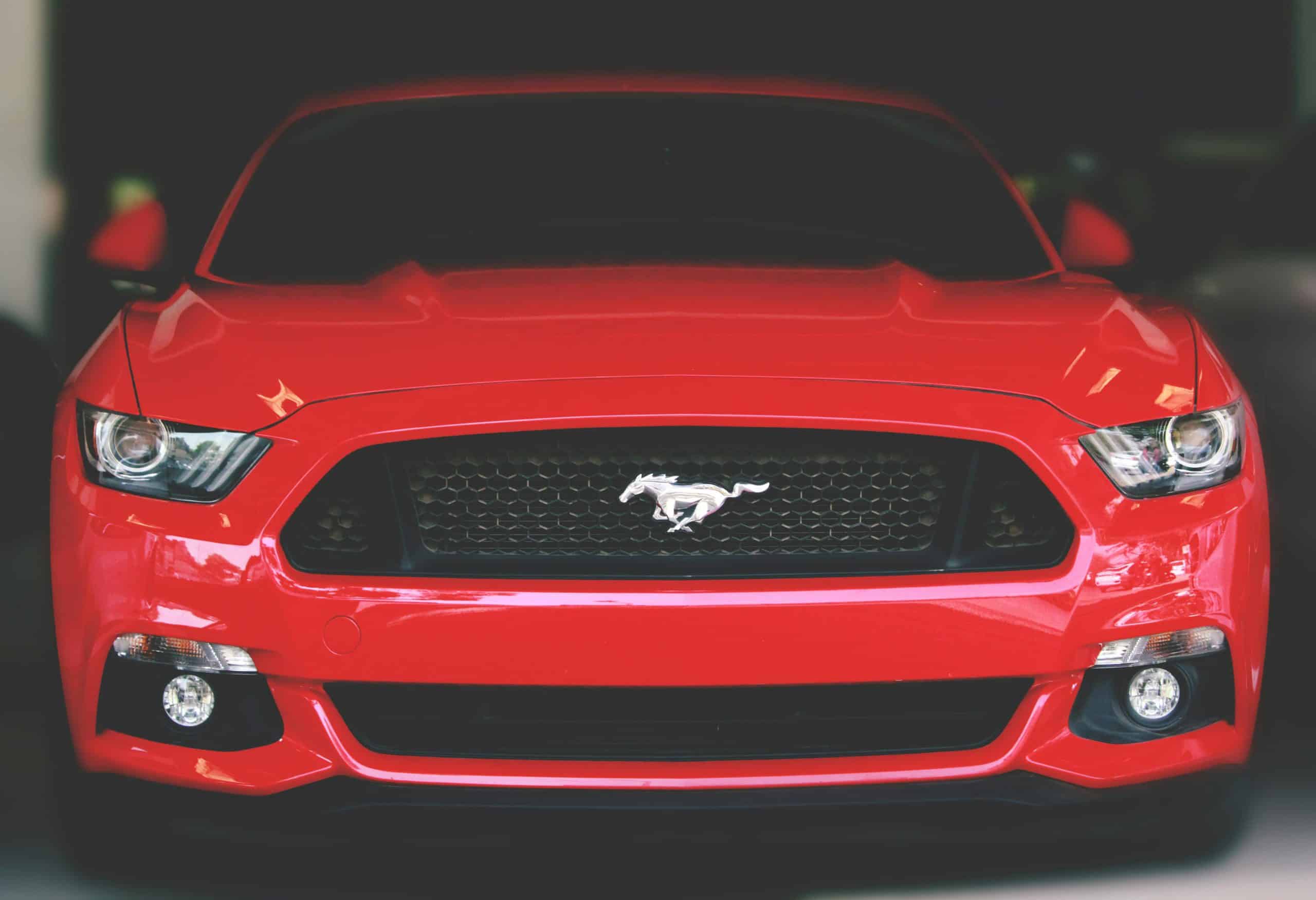How to Retrofit Modern LED Tail Lights on a Classic Ford Mustang?

If you are a proud owner of a classic Ford Mustang, you may feel inclined to maintain its vintage look. However, you might also want to reap the benefits of modern technology. One such upgrade that balances both aspects is the retrofitting of LED tail lights. LED lights are known for their longevity, energy efficiency, and enhanced visibility. This article will guide you on how to retrofit modern LED tail lights on your classic Mustang, bringing together the best of both worlds.
Understanding The Basics of LED Tail Lights
Before diving headfirst into the retrofitting process, it’s vital to understand the basics of LED tail lights. LED, short for light-emitting diode, is a type of lighting technology that is significantly more energy-efficient and durable than traditional incandescent bulbs. LED tail lights offer brighter and clearer illumination, making your car more visible on the road, especially during night drives.
Lire également : Can a Rear Diffuser Improve Aerodynamics and Fuel Efficiency in a Hyundai Ioniq?
LED tail lights come in various forms, including individual bulbs and complete tail light assemblies. Retrofitting your Mustang with LED tail lights may involve replacing the entire taillight assembly or just the bulbs, depending on the specific LED kit you choose.
Choosing the Right LED Tail Light Kit
There is a wide variety of LED tail light kits available on the market, catering to various car models, including the Ford Mustang. When choosing an LED tail light kit, you should consider factors like compatibility with your car model, the brightness level of the LEDs, the color of the lights, installation process, and of course, the price.
A lire également : Is It Possible to Install an Adaptive Cruise Control System in an Older Model BMW X3?
Several reputable brands offer LED tail light kits specifically designed for the Mustang, such as the Digi-Tails LED tail light kit for the 1967-1968 Mustang. This kit includes a complete LED taillight panel that replaces the original taillight bulbs, providing brighter, more visible lighting. It also features a sequential flashing effect, reminiscent of the sequential tail lights found on the 1968 Shelby Mustang and later models.
Preparing for the Retrofitting Process
Before starting the retrofitting process, ensure you have all the necessary tools and materials. You will need screwdrivers, pliers, a multimeter, and electrical tape, among other tools. You might also need a flasher compatible with LED lights, as the original flasher in your Mustang may not work well with the new LEDs.
Check the LED tail light kit for any specific tools or additional materials needed for installation. Remember to disconnect the car battery before starting the retrofitting process to avoid any electrical accidents.
Retrofitting the LED Tail Lights
Once you’ve chosen your LED tail light kit and gathered all necessary tools and materials, it’s time to start the retrofitting process. Most LED tail light kits come with detailed instructions, but it’s always beneficial to have a general idea of the steps involved.
Begin by removing the original taillight assemblies from your Mustang. This usually involves unscrewing the taillight lens and removing the old bulbs or entire taillight assembly. Then, install the LED tail light assembly or bulbs according to the instructions provided with your kit.
After installing the LED tail lights, reconnect the car battery, and test the lights to ensure they work correctly. Test the brake lights, turn signals, and parking lights. If the lights do not function as expected, check all connections and make sure the polarity of the LED bulbs is correct.
Troubleshooting Common Issues
Like any car modification, retrofitting LED tail lights may come with a few challenges. One common issue is hyper flashing, where the turn signals flash at a much faster rate. This happens because the LED bulbs draw less current than traditional bulbs, causing the flasher to flash more quickly.
To solve this issue, you may need to install an LED-compatible flasher, or add load resistors to mimic the current draw of the original bulbs. Take note that load resistors can get very hot, so they need to be mounted in a location where they will not damage any other components.
Another common issue is the LED tail lights not turning on at all. This could be due to incorrect polarity, as LED bulbs are polarity sensitive. Make sure the LED bulbs are installed with the correct polarity. If the issue persists, you may need to check the wiring or fuses.
Remember, retrofitting LED tail lights can significantly enhance your classic Mustang’s appearance and safety while on the road. By following these steps and troubleshooting any issues, you can successfully bring a touch of modern technology to your classic car.
Enhancing Visibility and Aesthetics with LED Tail Lights
Retrofitting your classic Ford Mustang with modern LED tail lights not only enhances its visibility on the road but also significantly improves its aesthetic appeal. LED tail lights illuminate instantly, provide a brighter and crisper light output, and consume less power than traditional incandescent bulbs. They are also durable, offering a lifespan of up to 50,000 hours, compared to 1,000 to 2,000 hours for incandescent bulbs.
The Digi-Tails LED tail light kit for 1967-1968 Mustangs, as mentioned earlier, is an excellent example of a complete LED tail light assembly designed to replace the original tail lights. It features sequential LED arrays that mimic the classic sequential tail lights found on Shelby Mustangs, adding a vintage touch to your classic car. With their plug-and-play design, these LED panels are easy to install, and they connect to the existing wire harness without any modifications.
Besides Digi-Tails, there are other reputable brands offering LED tail light kits for classic Mustangs. Some of these kits come with LED turn signal and brake light functions integrated into a single unit, offering a more streamlined and contemporary look. When choosing an LED tail light kit, consider the ease of installation, brightness and color of the LED lights, and whether they provide the desired visual effects, such as sequential flashing.
Conclusion: Modernizing Your Classic Mustang with LED Tail Lights
In conclusion, retrofitting modern LED tail lights on your classic Ford Mustang is a brilliant way to blend vintage charm with modern technology. Whether you’re looking to enhance your car’s safety by improving its visibility, or simply to give it a modern touch, LED tail lights offer a multitude of advantages over traditional incandescent bulbs.
By understanding the basics of LED tail lights, choosing the right kit, preparing adequately for the retrofitting process, and knowing how to troubleshoot common issues, you can easily install these modern lighting solutions on your classic car. Brands like Digi-Tails offer high-quality, easy-to-install LED panels, designed specifically for the Mustang, making the retrofitting process even more straightforward.
The process of retrofitting LED tail lights may seem daunting at first, but with careful planning and the right tools, it’s quite manageable. And the result is a classic Ford Mustang that stands out on the road, not just for its timeless design, but also for its bright, energy-efficient LED lighting.
Remember to always disconnect the car battery before starting any electrical work, and to follow the installation instructions included in your chosen LED tail light kit. Also, make sure to test the LED tail lights thoroughly after installation, checking their functionality in different modes, such as brake lights, turn signals, and parking lights. By doing this, you will ensure a successful retrofitting process and enhance your classic Mustang’s road presence dramatically. Your classic Mustang deserves the best of both worlds – classic design and modern technology.
